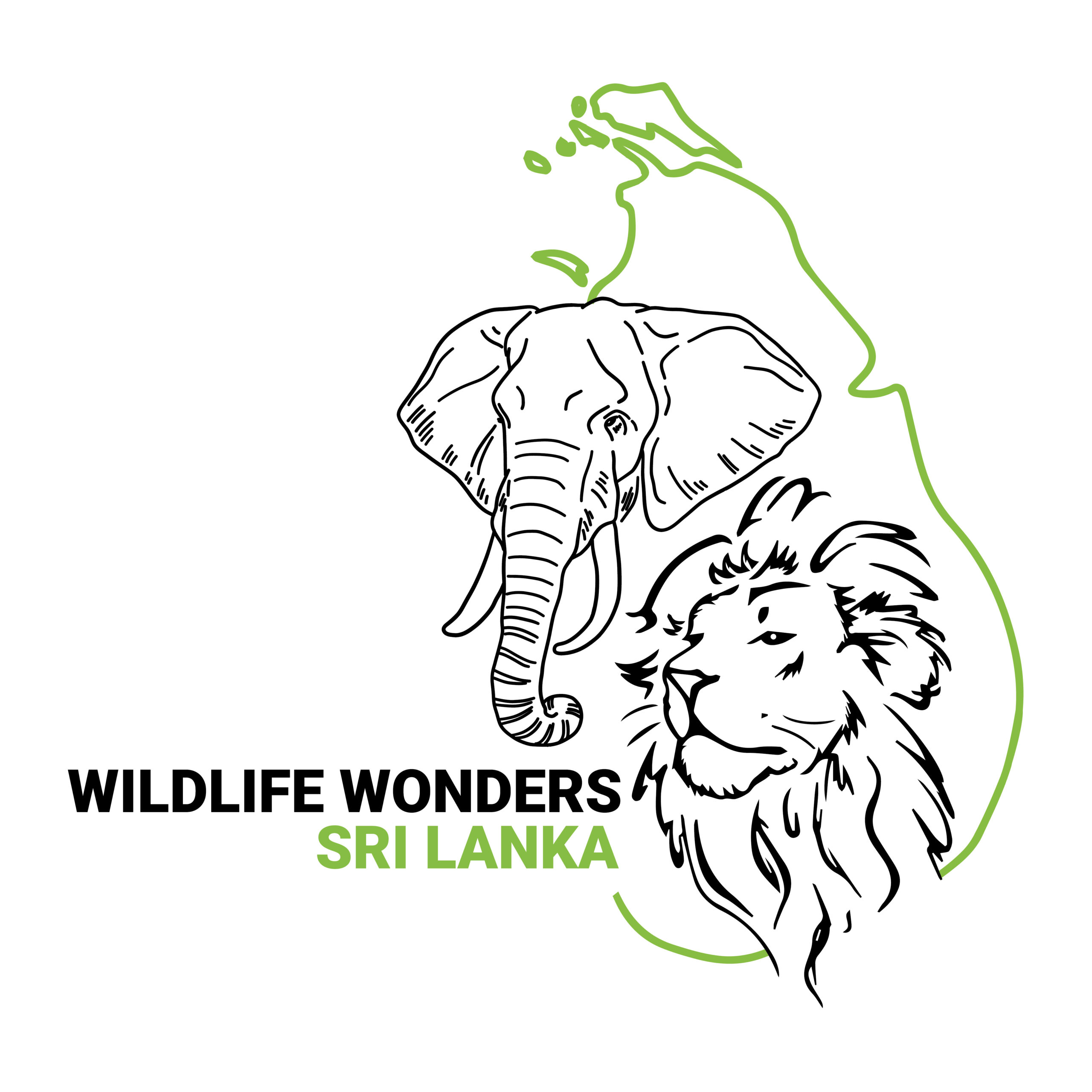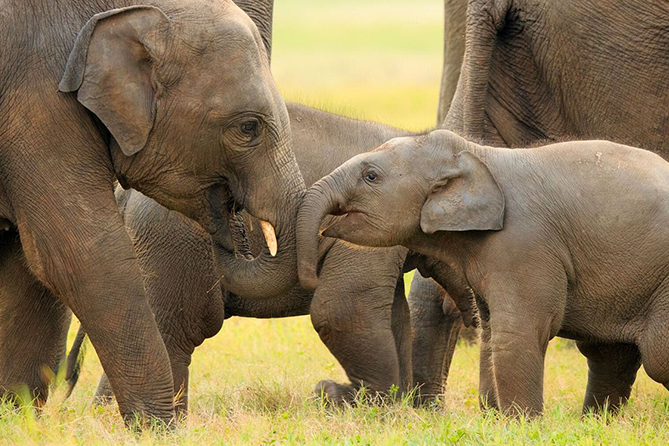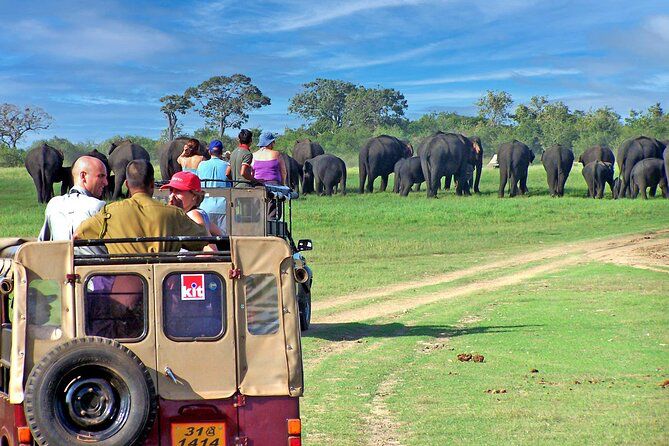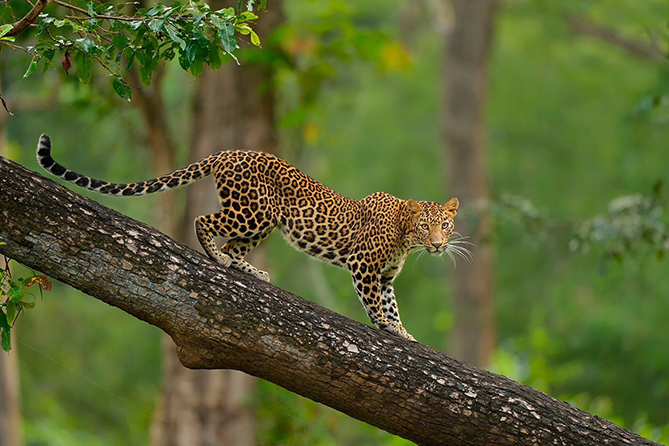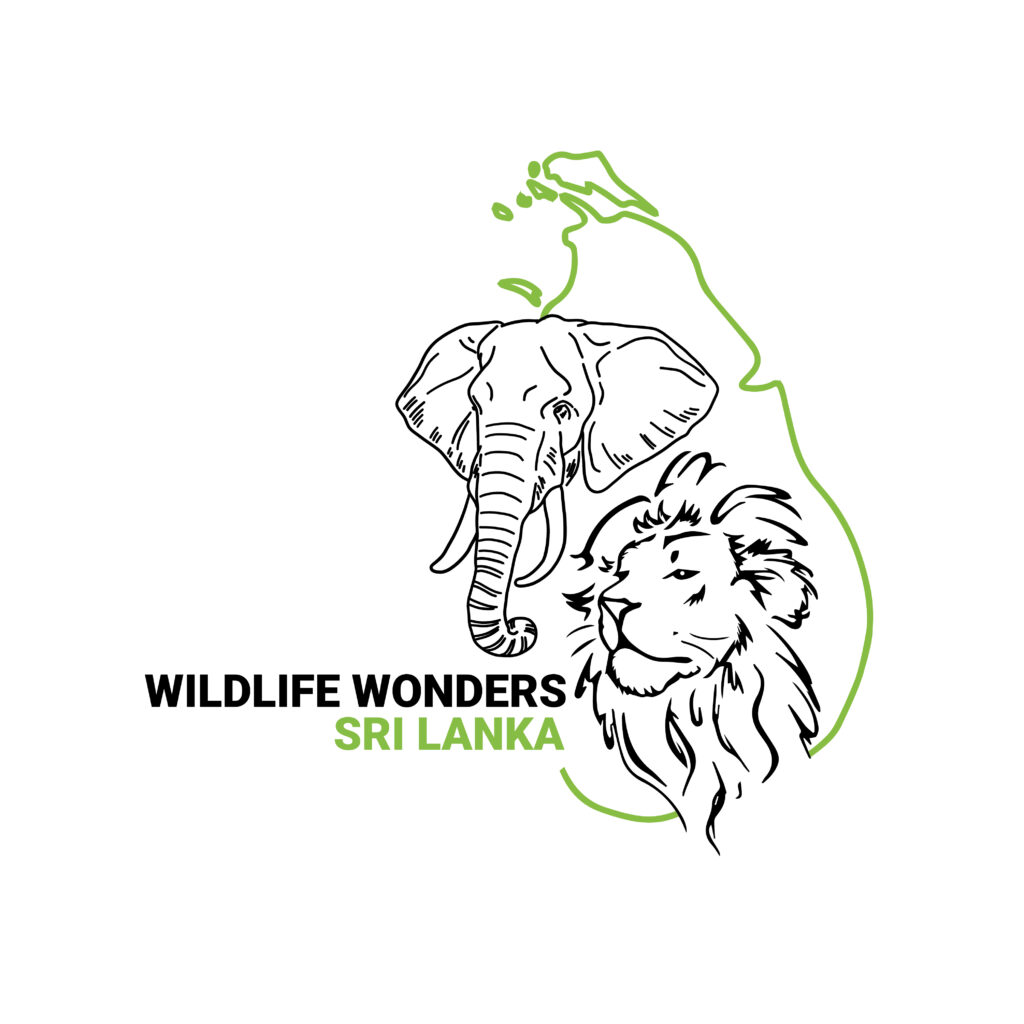Sri Lanka is a paradise for wildlife enthusiasts, boasting an impressive range of animals that roam its lush landscapes and national parks. From leopards to elephants, the island is home to some of the most iconic species in the world. Often compared to Africa’s “Big Five,” Sri Lanka has its own unique set of iconic creatures that any nature lover should aim to see. Here’s a guide to the “Big Five” of Sri Lanka—five of the most remarkable species that represent the island’s rich biodiversity.
1. Sri Lankan Leopard (Panthera pardus kotiya)
The Sri Lankan leopard is perhaps the most elusive and sought-after of the island’s wildlife. This subspecies of the leopard is native to Sri Lanka and is smaller than its African counterparts, but it is just as powerful and stealthy. Known for its beautiful spotted coat and incredible hunting skills, the Sri Lankan leopard primarily inhabits the dense forests of Yala National Park and Wilpattu National Park. This solitary predator is a symbol of the island’s wild beauty, and spotting one in the wild is a truly memorable experience for wildlife enthusiasts.
2. Sri Lankan Elephant (Elephas maximus maximus)
The Sri Lankan elephant, a subspecies of the Asian elephant, is another iconic species of the island. These majestic creatures are found in the island’s national parks, especially in Udawalawe, Minneriya, and Kaudulla National Parks, where large herds can often be seen grazing. Sri Lankan elephants are a critical part of the ecosystem, helping to maintain the balance of their habitats by dispersing seeds and shaping the landscape. Due to human-wildlife conflict and habitat loss, they are considered endangered, making sightings even more significant.
3. Blue Whale (Balaenoptera musculus)
Sri Lanka’s coastal waters are home to some of the largest creatures on Earth—most notably, the blue whale. These majestic marine mammals can be seen off the southern and eastern coasts, especially near Mirissa and Trincomalee, where whale watching tours are popular. The blue whale, the largest animal to have ever existed, can grow up to 100 feet long. Seeing these gentle giants breach the ocean’s surface is an awe-inspiring experience, and their presence off Sri Lanka’s shores highlights the island’s important role in marine conservation.
4. Purple-Faced Langur (Semnopithecus vetulus)
The purple-faced langur, an endangered primate, is another icon of Sri Lanka’s wildlife. Found in the island’s forests, including the Sinharaja Rainforest and the central hills, these unique monkeys are known for their striking black faces and white fur around their faces, which gives them the “purple-faced” appearance. They live in small groups and feed primarily on leaves, fruits, and flowers. Conservation efforts are essential for protecting these fascinating primates, as they face threats from habitat loss and fragmentation.
5. Sri Lankan Sloth Bear (Melursus ursinus inornatus)
The Sri Lankan sloth bear is a rare and distinctive subspecies of the sloth bear, known for its shaggy black coat and white chest marking. These nocturnal creatures are found in the island’s forests, particularly in the central and southern regions. Although they are typically shy and reclusive, sightings are possible in parks such as Yala and Wilpattu. The Sri Lankan sloth bear plays an important ecological role by helping control insect populations and dispersing seeds. Its declining numbers make it an endangered species, and ongoing conservation efforts are crucial to its survival.
Why These Species Matter
These iconic species of Sri Lanka not only represent the island’s incredible biodiversity but also serve as important indicators of the health of the ecosystem. Protecting them ensures the preservation of the habitats and landscapes they rely on, which also benefits other species, including humans. Conservation efforts in Sri Lanka, including the establishment of national parks, anti-poaching measures, and community-based initiatives, help safeguard these remarkable animals for future generations to appreciate.
How to See the Big Five
If you’re eager to see these iconic species in their natural habitats, Sri Lanka offers a range of eco-tourism opportunities. National parks like Yala, Udawalawe, Minneriya, and Wilpattu are prime spots for safaris, where you’ll have the chance to encounter elephants, leopards, sloth bears, and other wildlife. For marine enthusiasts, whale watching tours off the coast of Mirissa or Trincomalee are the best way to experience the awe-inspiring sight of blue whales in the wild. Visiting these locations supports local conservation efforts and contributes to the sustainability of Sri Lanka’s wildlife.
Conclusion
Sri Lanka’s “Big Five”—the Sri Lankan leopard, elephant, blue whale, purple-faced langur, and sloth bear—represent the island’s rich and diverse wildlife. Each species holds a special place in the island’s natural heritage, and spotting them in the wild is a unique experience that every wildlife enthusiast should aim to have. By supporting sustainable tourism and conservation efforts, we can all contribute to protecting these magnificent creatures and ensuring that future generations will have the opportunity to experience Sri Lanka’s extraordinary wildlife.
